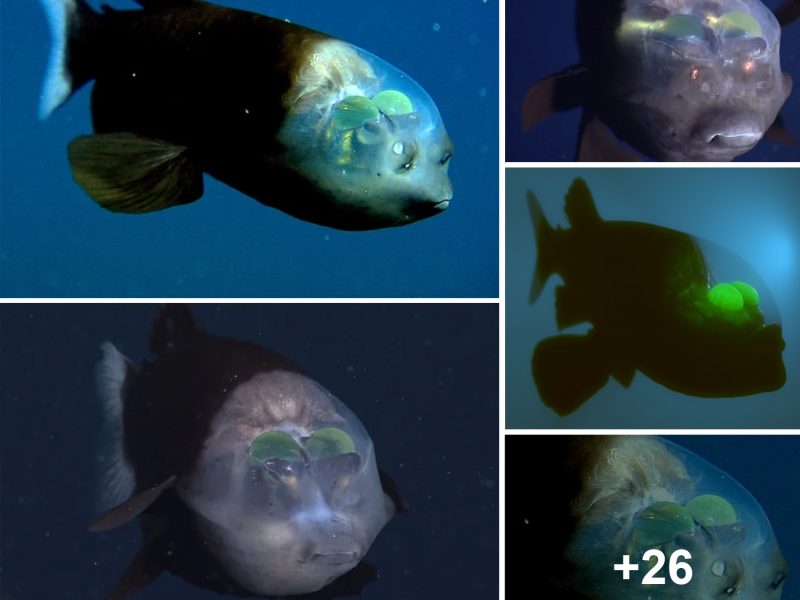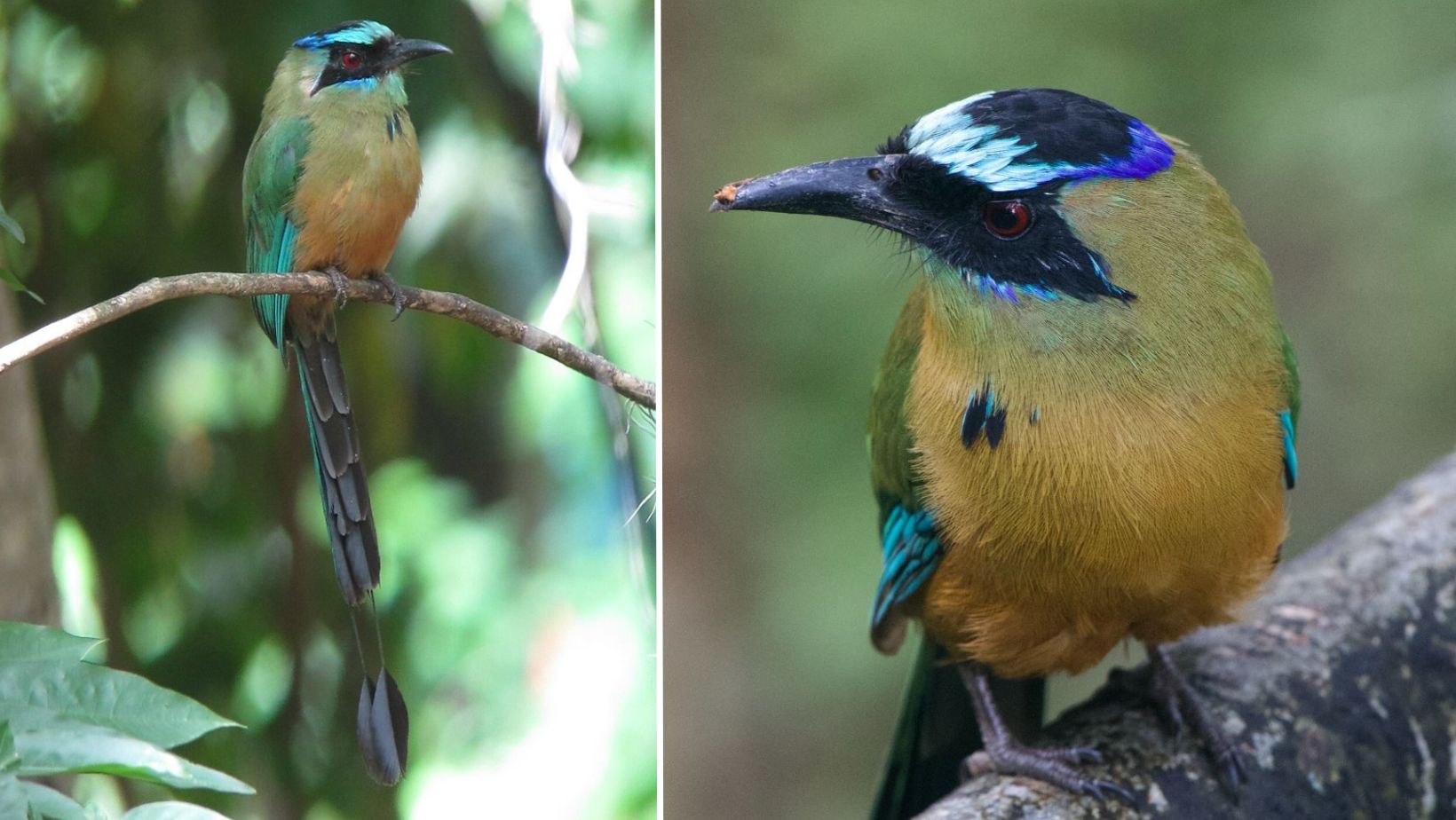
The crown of this bird is not solidly blue. Instead, it features a distinctive circular black patch in the middle, resembling the appearance of a bird wearing a yarmulke or a skullcap.
Meet the Whooping Motmot
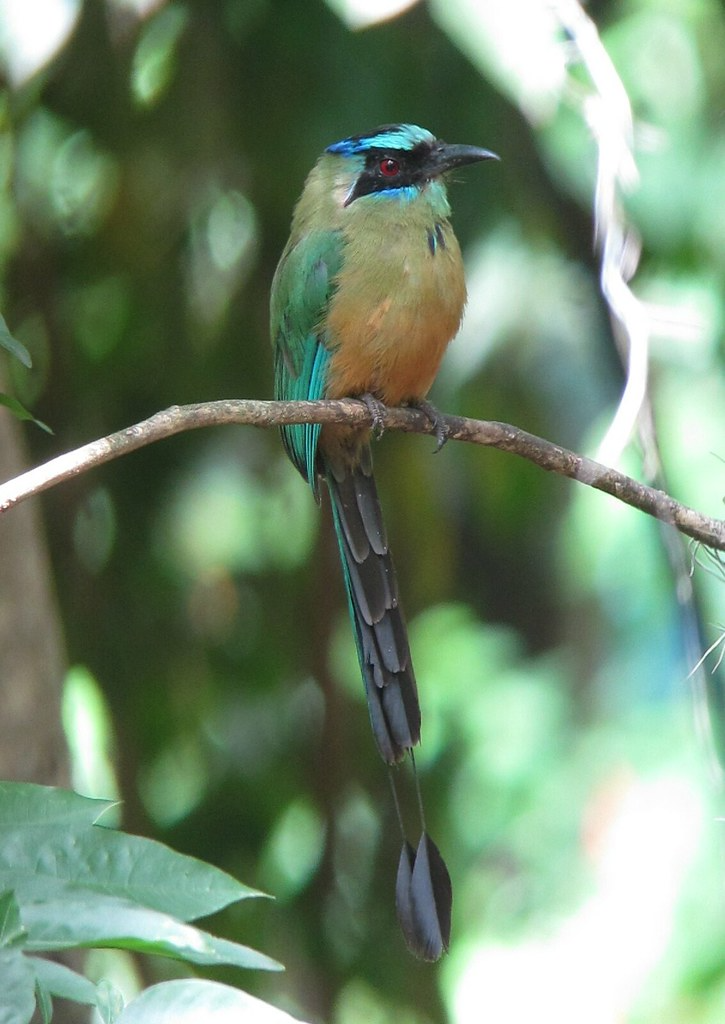 “Momotus subrufescens / Barranquero ferina / Whooping Motmot” by felixú is licensed under CC BY-SA 2.0.
“Momotus subrufescens / Barranquero ferina / Whooping Motmot” by felixú is licensed under CC BY-SA 2.0.
The whooping motmot (Momotus subrufescens) is a vibrant near-passerine bird belonging to the Momotidae family. Appearance-wise, the whooping motmot displays olive-green back and wings, complemented by dull brown underparts. Its defining feature is a long, green-to-blue tail adorned with extended feathers that have racquet-like tips, with blue coloration tipped with black.
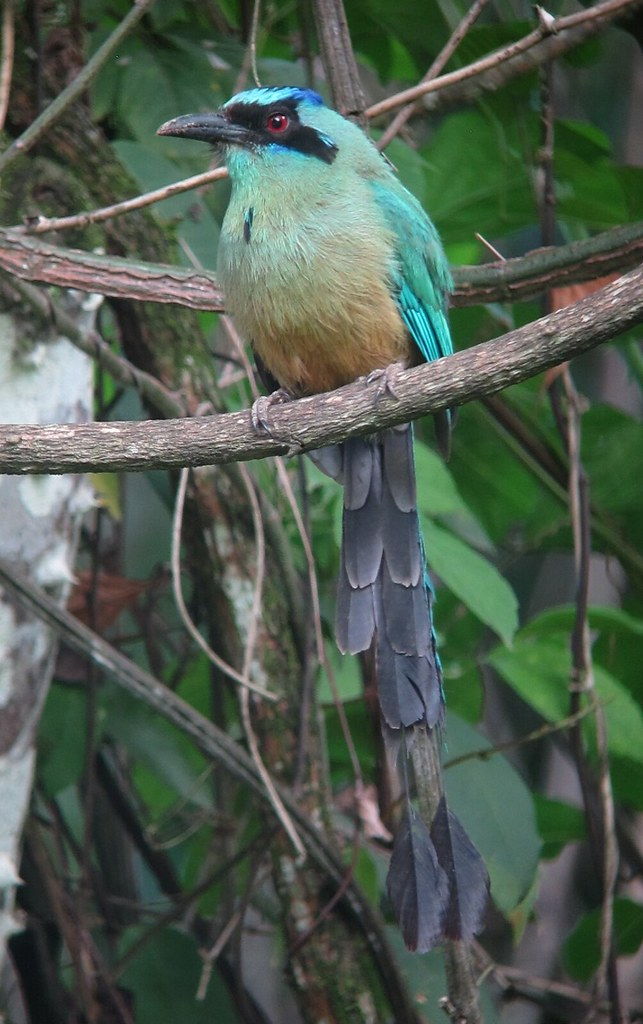 “Momotus subrufescens / Barranquero ferina / Whooping Motmot” by felixú is licensed under CC BY-SA 2.0.
“Momotus subrufescens / Barranquero ferina / Whooping Motmot” by felixú is licensed under CC BY-SA 2.0.
The crown is black, surrounded by a blue band, and it boasts a black eyemask bordered with turquoise.
Adult individuals of the nominate subspecies weigh between 75 to 124 g (2.6 to 4.4 oz).
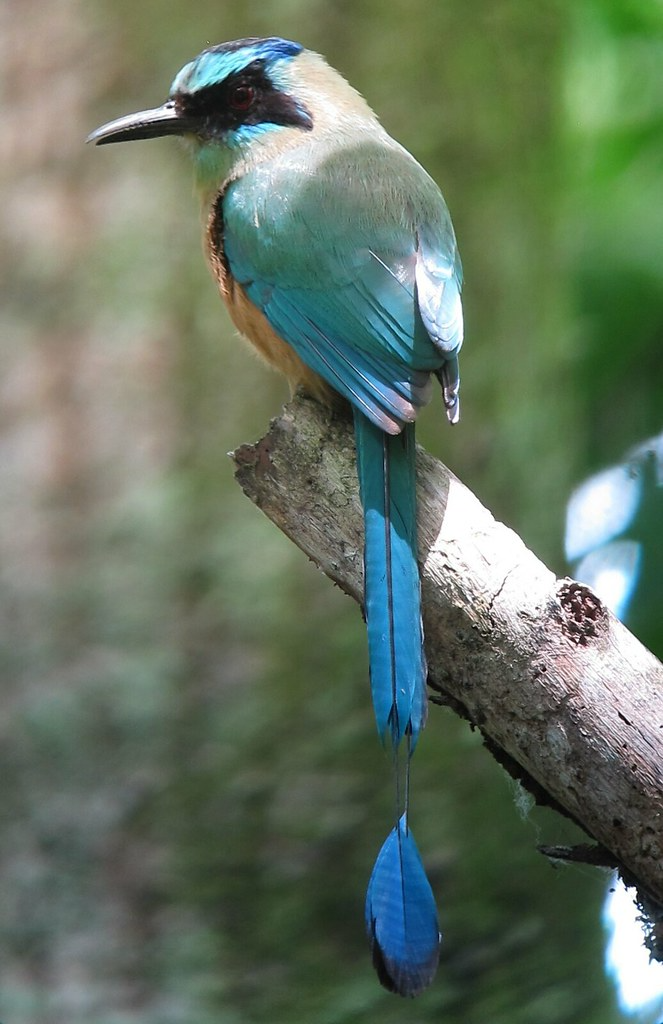 “Momotus subrufescens / Barranquero ferina / Whooping Motmot” by felixú is licensed under CC BY-SA 2.0.
“Momotus subrufescens / Barranquero ferina / Whooping Motmot” by felixú is licensed under CC BY-SA 2.0.
It can be found in several South American countries, including Colombia, Ecuador, Panama, Peru, and Venezuela.
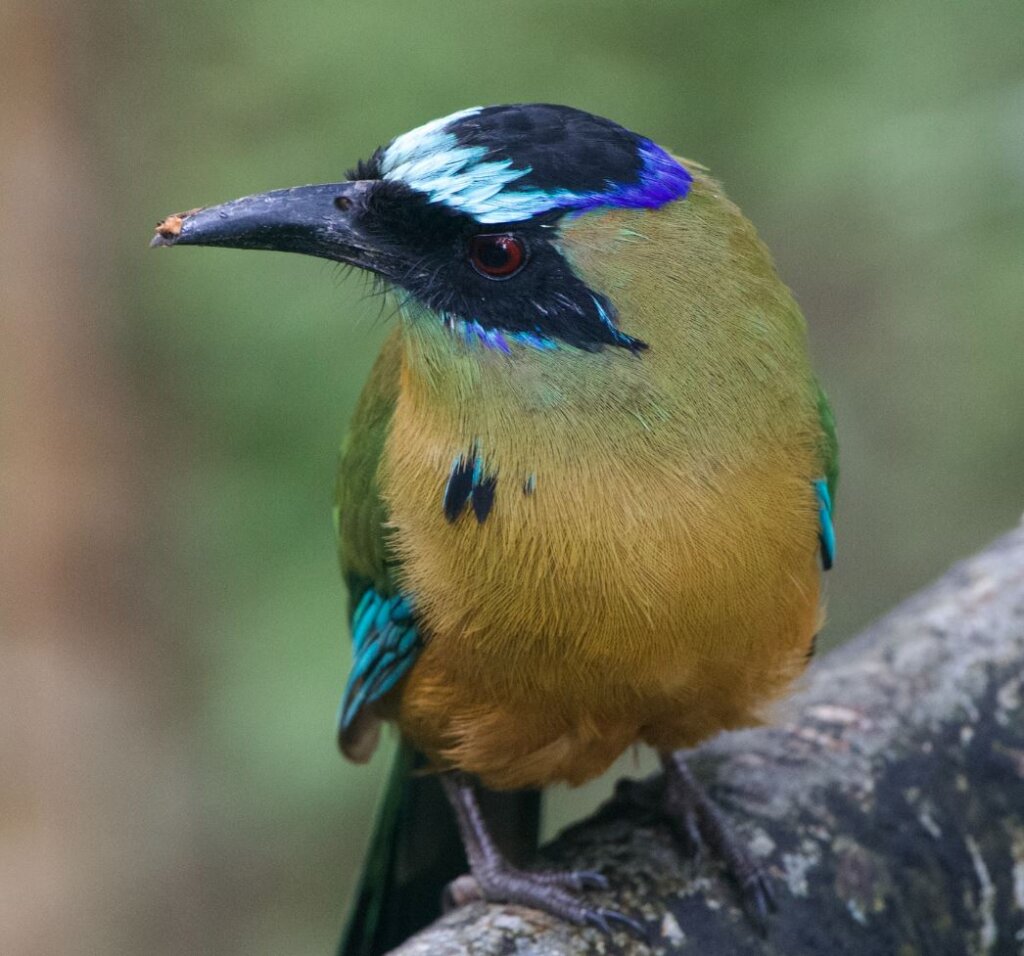 “momoto rojizo, motmot caraïbe, whooping motmot” by Dario Taraborelli is marked with CC0 1.0. (cropped)
“momoto rojizo, motmot caraïbe, whooping motmot” by Dario Taraborelli is marked with CC0 1.0. (cropped)
In terms of distribution, the whooping motmot has two disjunct populations. The nominate subspecies can be found from eastern Panama to northern and western Colombia. Meanwhile, M. s. spatha inhabits only the Guajira Peninsula of northern Colombia. Another subspecies, M. s. osgoodi, is present from eastern Colombia into northwestern Venezuela. Lastly, M. s. agenticinctus is found in western Ecuador and northwestern Peru.
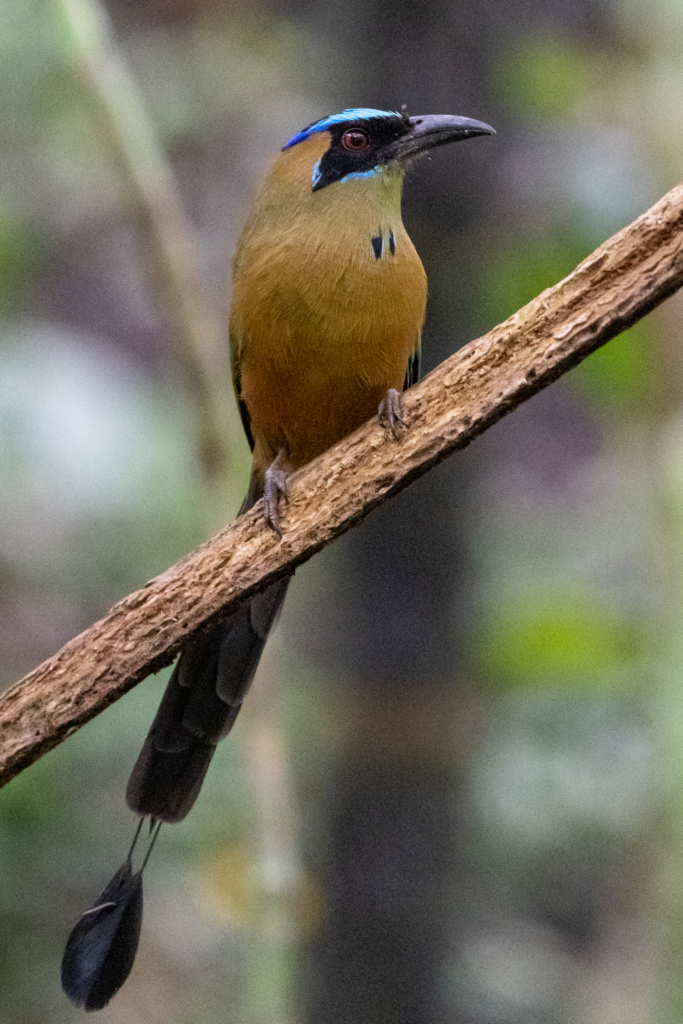 “momoto rojizo, motmot caraïbe, whooping motmot” by Anthony Batista is licensed under CC BY 4.0.
“momoto rojizo, motmot caraïbe, whooping motmot” by Anthony Batista is licensed under CC BY 4.0.
The whooping motmot thrives in diverse forest types, including lowland evergreen and deciduous primary forests, forest edges, and secondary forests.
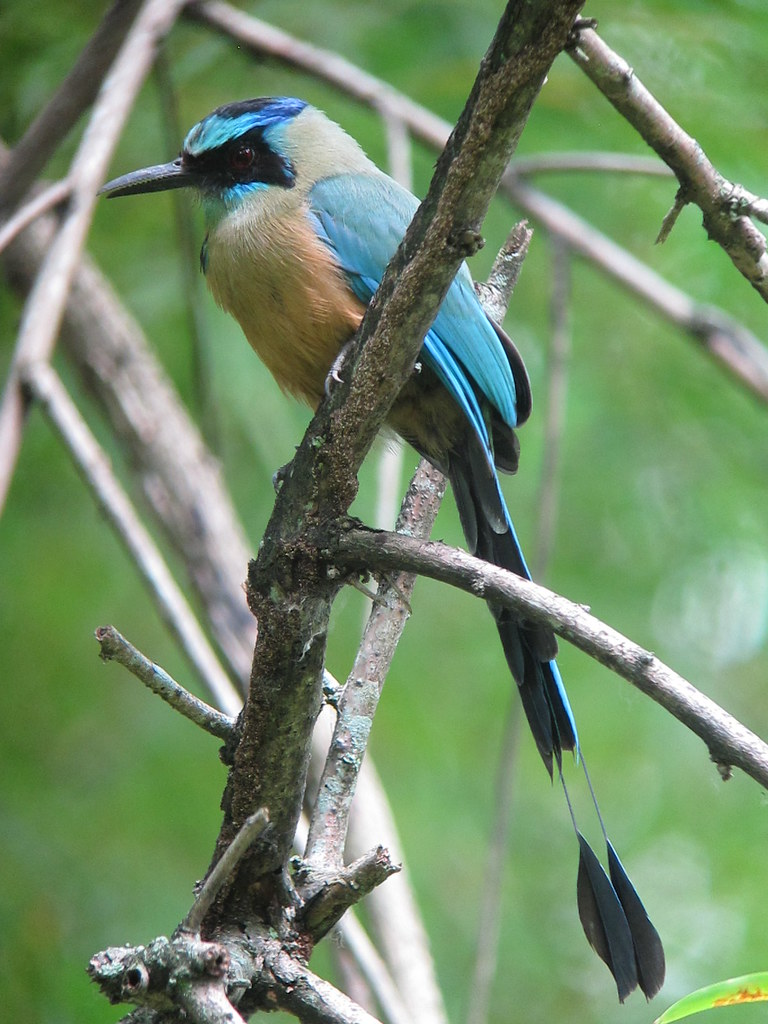 “Momotus subrufescens / Barranquero ferina / Whooping Motmot” by felixú is licensed under CC BY-SA 2.0.
“Momotus subrufescens / Barranquero ferina / Whooping Motmot” by felixú is licensed under CC BY-SA 2.0.
As for its habits and lifestyle, the whooping motmot is a terrestrial species and is not known to be a migrant. Its diet primarily consists of large arthropods, but it has also been reported to consume berries and lizards.
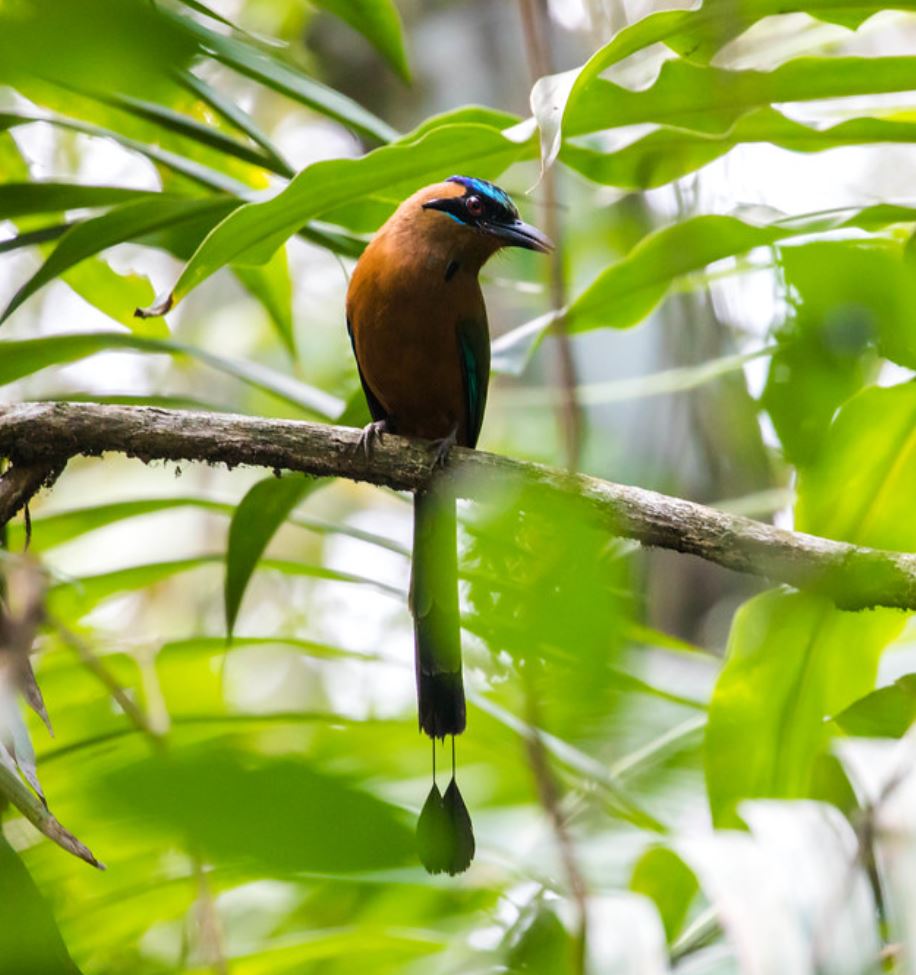 “Whooping motmot” by cricketsblog is licensed under CC BY 2.0. (cropped)
“Whooping motmot” by cricketsblog is licensed under CC BY 2.0. (cropped)
Like many members of the Coraciiformes family, motmots are known for nesting in tunnels or burrows that they excavate on banks or cliffs. They lay a clutch of approximately three to four white eggs in their nesting chambers. The nesting behavior of motmots is fascinating, and their choice of nesting sites provides protection and security for their eggs and young.
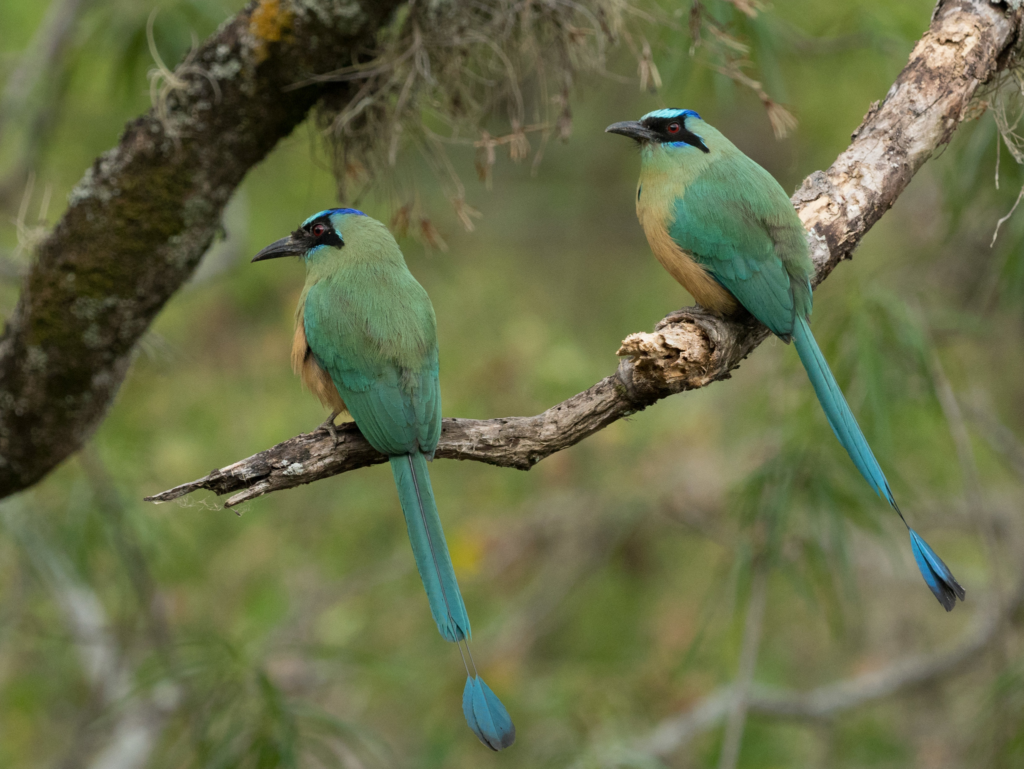
The population trend of the whooping motmot is stable, and it currently holds a status of “Least Concern” according to the IUCN’s assessment.
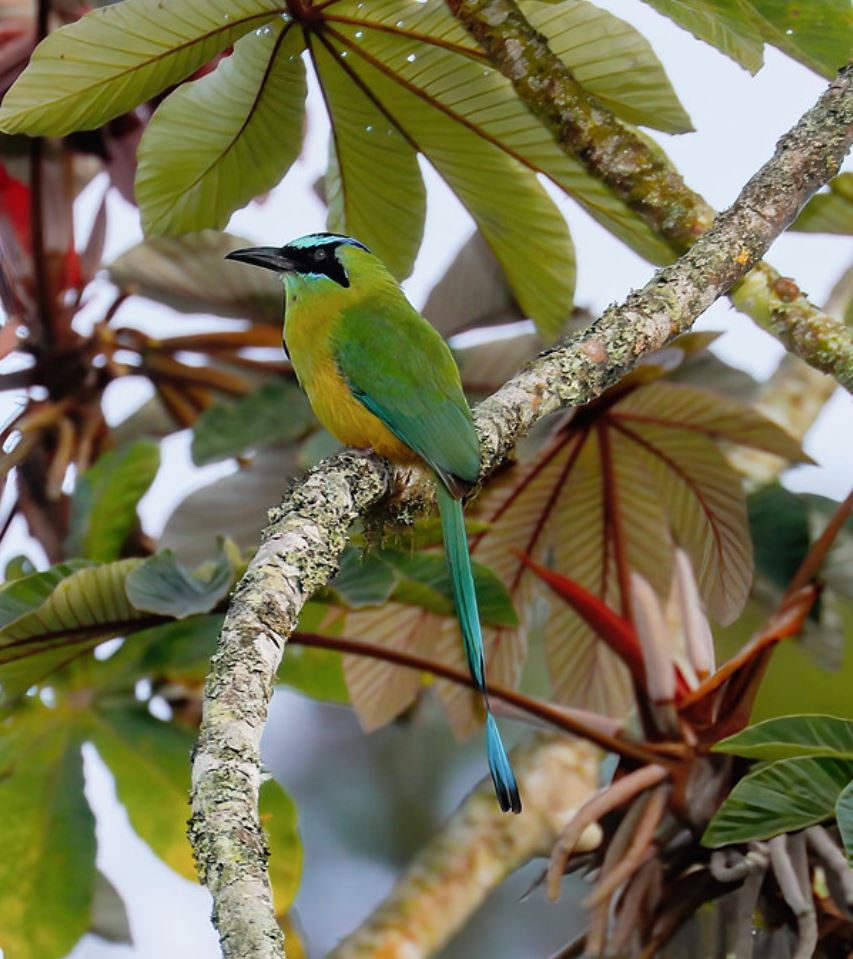 “Whooping Motmot” by Chuck Gates is licensed under CC BY 2.0. (cropped)
“Whooping Motmot” by Chuck Gates is licensed under CC BY 2.0. (cropped)
Watch this bird right here:
This article uses material from Wikipedia.org which is licensed under the GNU Free Documentation License via Copyright Wikipedia. Images on this page are the sole property of the photographers (unless marked as Public Domain). Please read the license and or contact the photographers directly before using them for any purpose. Thank you all.
A Vest Of, Clearly Delineated, Finely Flecked Shell-like Scales Is Offset By A Fiery Red Crown And A Set Of Broad Black Eyebrows!
Please SHARE this article with all your bird-loving friends and family.

